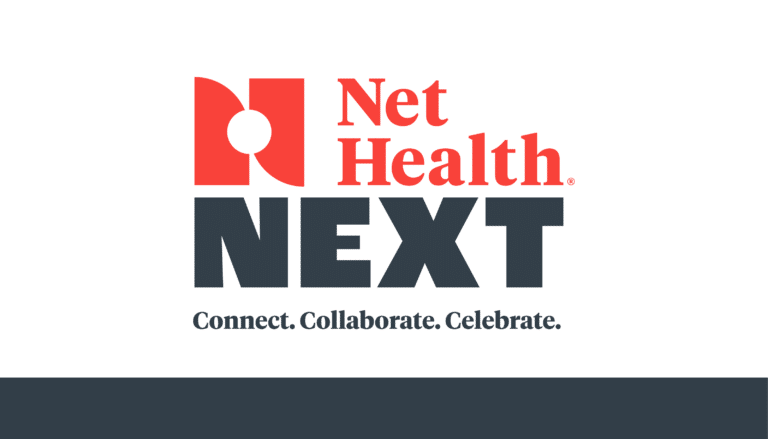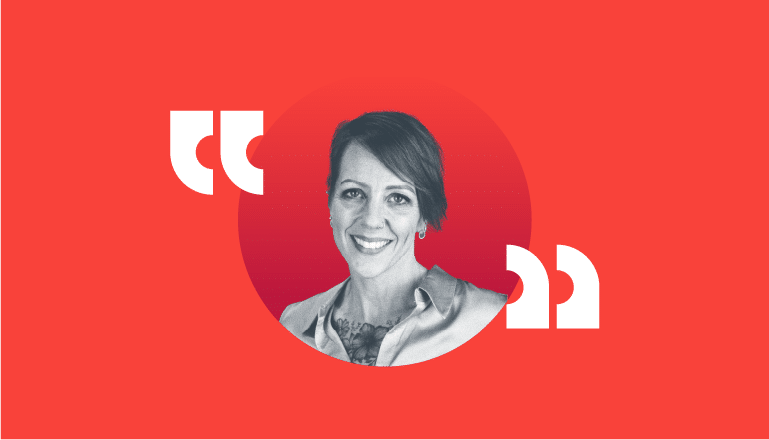“Water, water everywhere, but not a drop to drink.” Those of us in the wound care industry understand the sentiment. We have all this data locked away in EHRs, patient records, provider notes and other sources, but how can we leverage it to achieve better outcomes?
It’s a critical question for the industry to address. It’s so important that we’ll be developing a series of blogs on how to optimize wound care data collection, analysis and utilization.
Breaking Down Silos
One of the many reasons we need to look closer at data is that wound care is a growing part of hospitals’ and providers’ healthcare budgets. It’s increasing for many reasons, including an aging population and the corollary increase in diabetes, coronary artery disease and other conditions that can lead to pressure wounds and exacerbate chronicity. All told, pressure injuries cost the U.S. healthcare system over $26.8 billion per year.1
Valuable information about those wounds, patient comorbidities, therapies, outcomes, product utilization and more is stored in EHRs.
Unfortunately, all this great data is siloed, sometimes even within organizations. If we could just access and analyze it, the knowledge gleaned would be transformative. For example, manufacturers of wound care products could track:
- Product usage volumes by region, etiology, product category, etc.
- Comparative research amongst peers in their market
- Efficacy data to support new product development
Data ‘Harvesting’ Challenges
But first, there are obstacles to overcome, including:
- Inaccessible data. Information is often not captured or stored in a way that makes it easily accessible. Data sharing across different organizations in the continuum of care is still lacking, albeit there is growing adoption of common standards such as the FHIR standard.
- Inconsistent data. There is a lack of standardization in how data is submitted; clinicians across different organizations use different terminologies to describe the same phenomenon. In cases where free-text inputs are allowed, information is recorded at varying levels of detail, which lowers the accuracy of aggregate statistics.
- Inability to interpret data. Evaluating wound care data takes experience and knowledge. Variables that are important to a clinician might be entirely irrelevant for the manufacturer or end-user. For example, while there could be an academic interest in the average healing rate, a wound care facility is most concerned about overall time to heal and the long tail of chronic wounds that account for the majority of costs.2 It’s not just about hiring the most sophisticated machine learning engineer to implement an algorithm from a big data perspective. You need experts who understand how data is collected, what’s important, what’s missing and an intuition for what drives the desired outcomes.
- Lack of bridges to link data and insights. Because there is data in so many disparate sources, we need bridges and people to connect the information to those who could benefit from the knowledge within. Specifically, we need the tools and products that present insights in a relevant, useful, and easy format for all key stakeholders to understand. That means visualizations, dashboards and the ability to compare different cohorts of patients and wounds easily.
Here’s the good news: The pieces are in place to address all these challenges. There are solutions that enable organizations to access data across a wide range of settings—clinical, research and manufacturing. The data science technologies that enable efficient data processing and real-time predictive analysis—have been developed. There are people with the expertise to provide services that provide data-driven insights.
In short, the stage is set for us to tap into the treasure trove of wound care data. When we do, the results will be significant.
In our next blog, we are going to discuss an exciting new product that can bridge the gap between data and insight.
Want more on just one piece of the wound care data puzzle – digital tools?
Check out this fascinating webinar highlighting how George Washington University hospital uses innovative tools to reduce hospital-acquired pressure injuries.

Top Digital Techniques to Reduce Hospital-Acquired Pressure Injuries
Featuring Kara Couch, Director of Inpatient Wound Care at George Washington University
References:
1 Padula, William V. and Delarmente, Benjo A., “The national cost of hospital-acquired pressure injuries in the United States,” International Wound Journal, Jan. 28, 2019.
2Guest, Julian F., Fuller, Graham W., Vowden, Peter, “Cohort study evaluating the burden of wounds to the UK’s National Health Service in 2017/2018: update from 2012/2013,” BMJ Open 2020;10:e045253.





